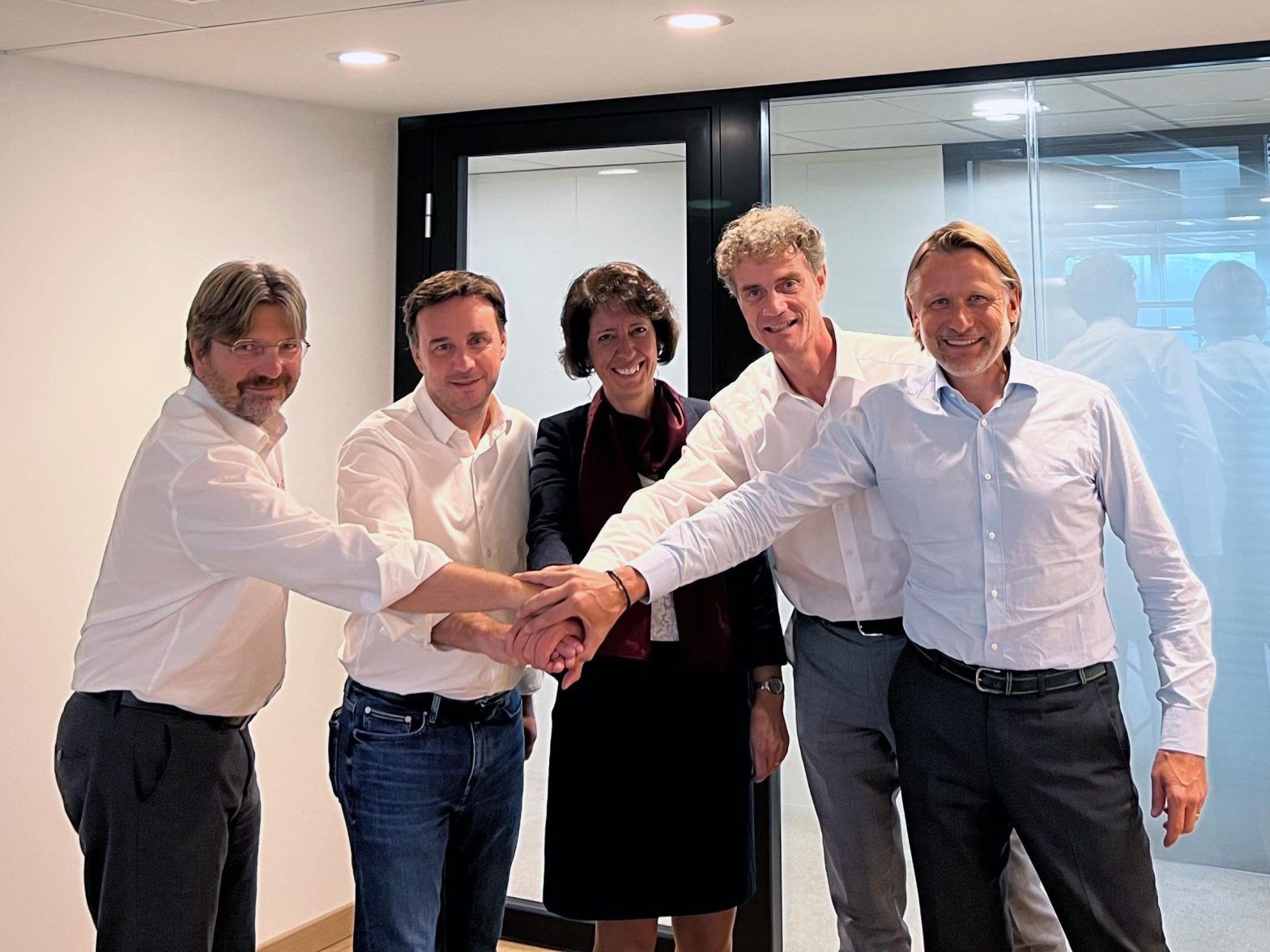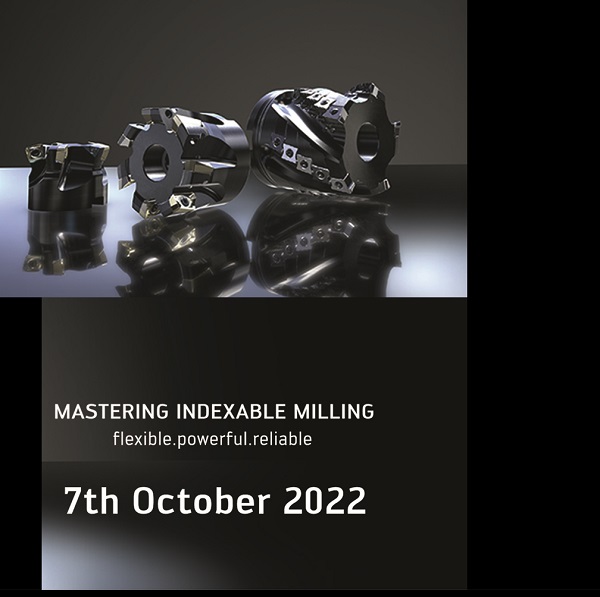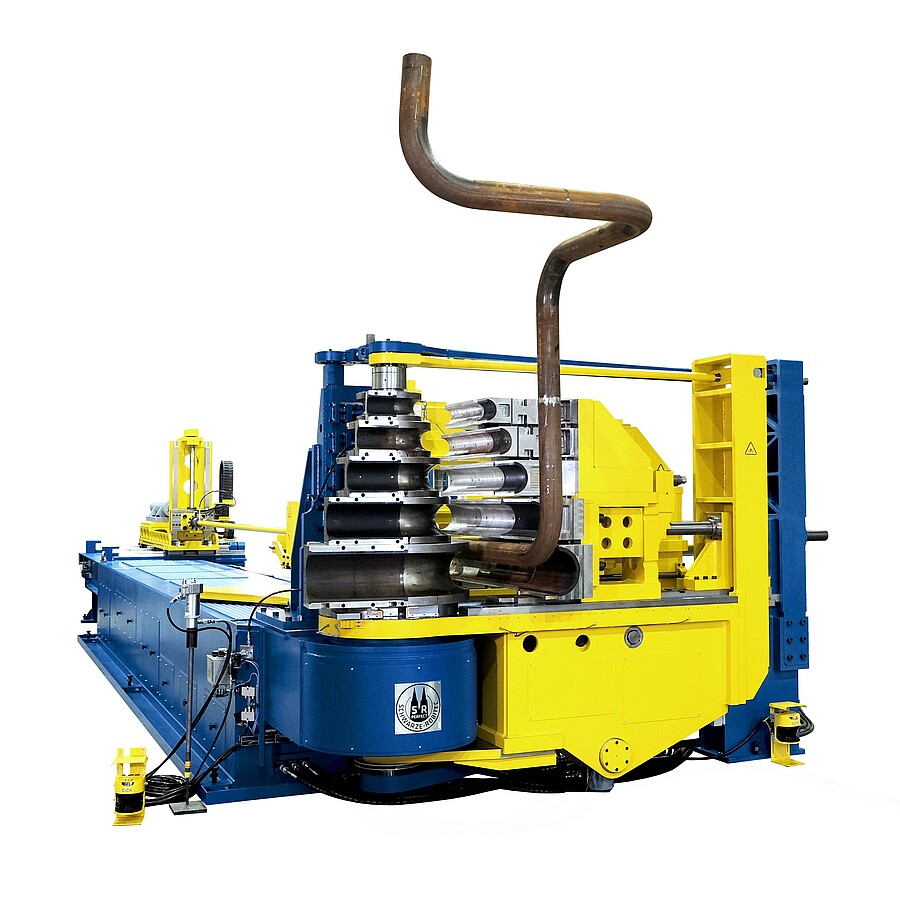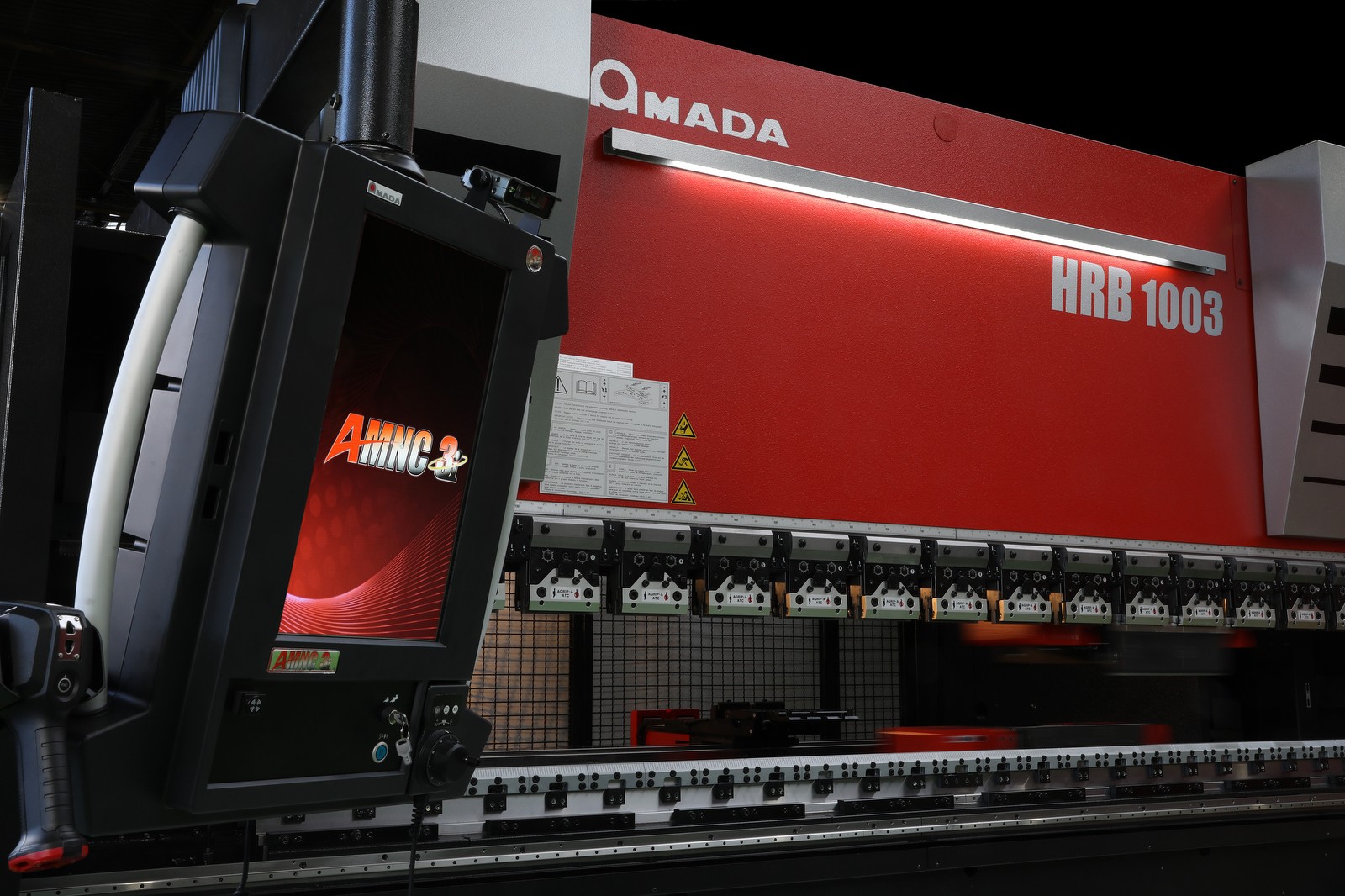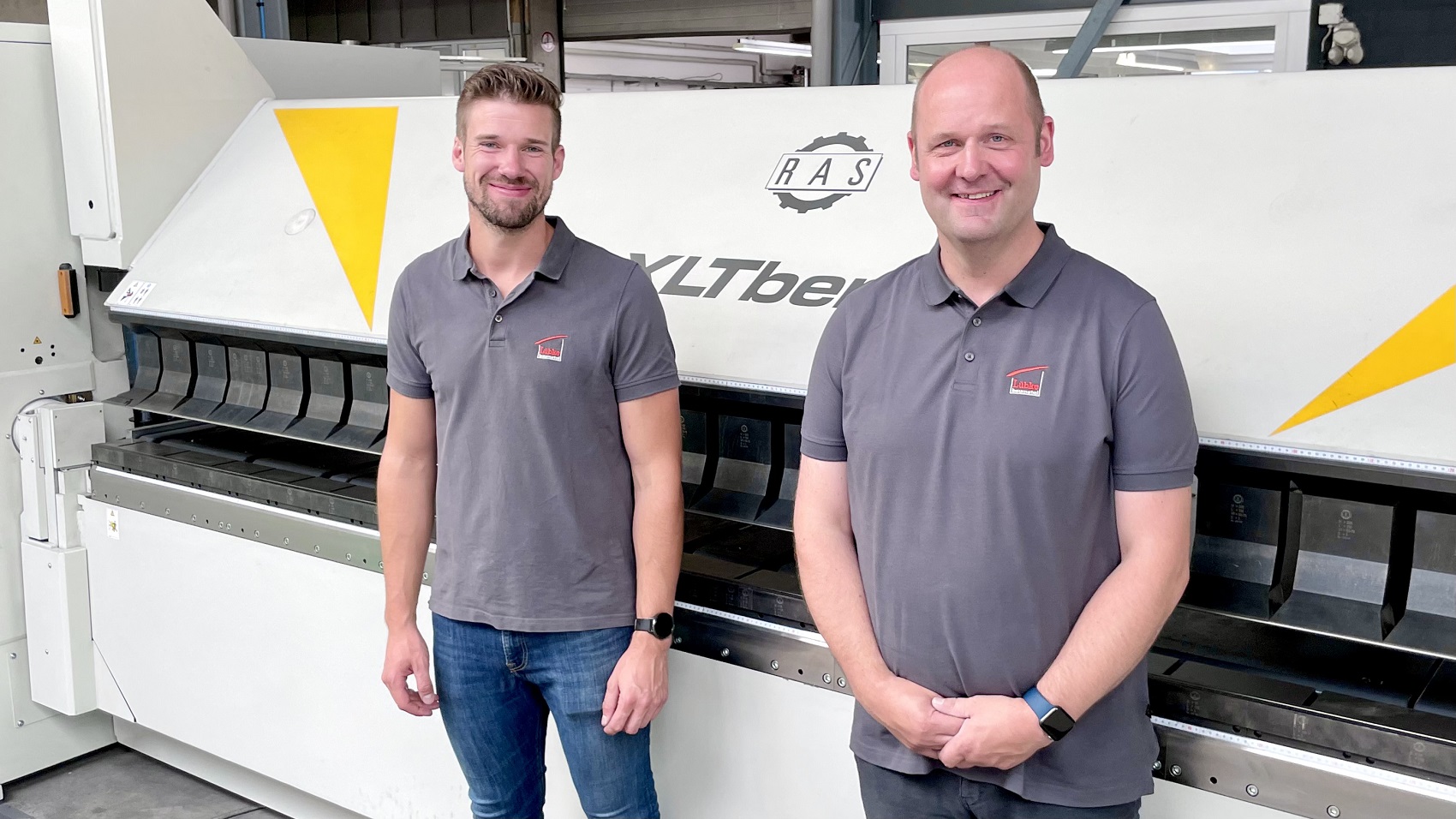Cutting tool specialist Ceratizit has acquired all shares of AgriCarb. The privately owned company based near Lyon has been a specialist in the field of tungsten carbide agricultural wear parts for over 35 years. This purchase is seen as an important part of Ceratizit’s growth and sustainability strategy, as Dr Andreas Lackner, chairman of the company’s executive board, explains: “We want to become the leader in sustainability for the hard metal and cutting tool industry by 2025. The acquisition of AgriCarb helps us to reach this goal.”
AgriCarb’s previous managing director and co-owner, Lionel Curtat, who will accompany the integration into Ceratizit’s Hard Material Solutions Division, adds: “I’m very pleased to have found a buyer in Ceratizit, whose worldwide distribution network and unique know-how in the manufacturing of hard metals can help AgriCarb to achieve higher market penetration and further growth.”
For further information www.ceratizit.com






